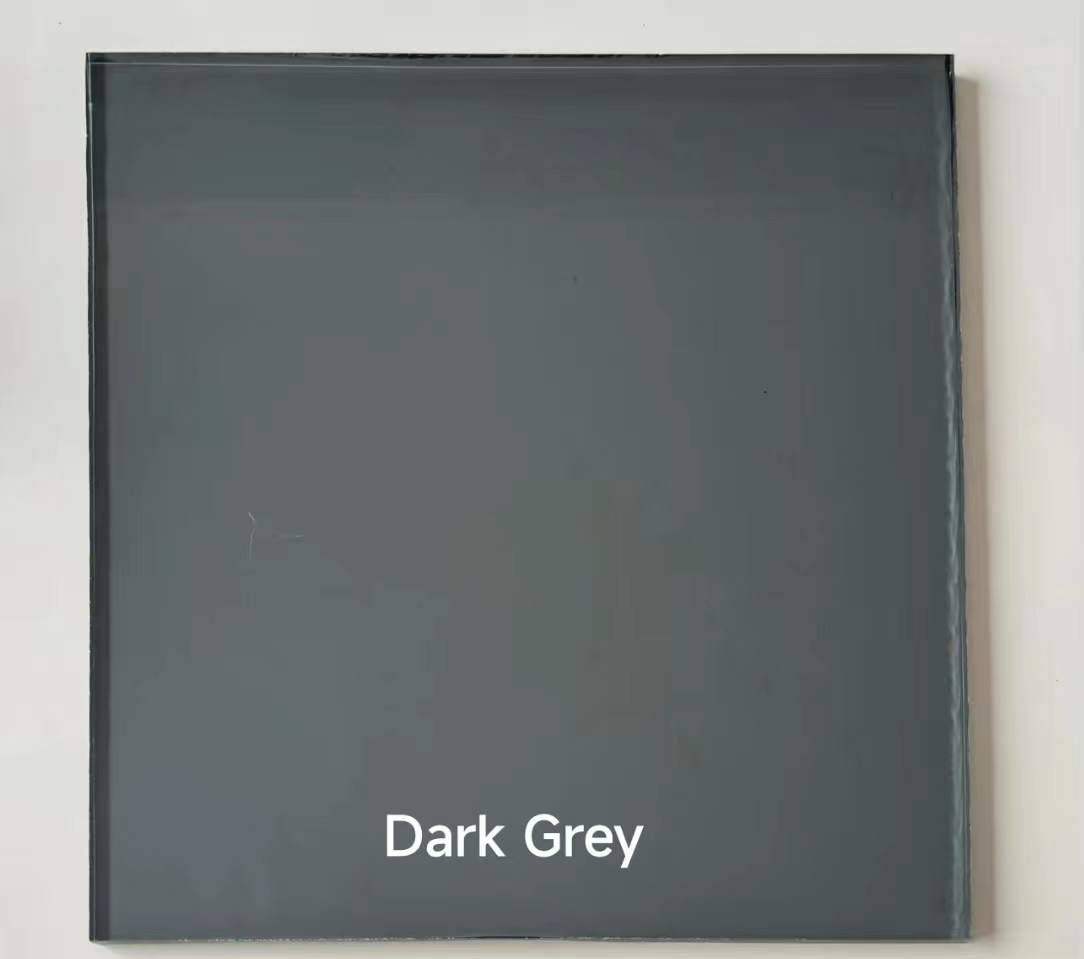

The Benefits of Non-Glare Glass in Modern Design
In today's fast-paced world, where visual clarity and comfort are paramount, non-glare glass has emerged as a vital element in modern design. Whether in residential, commercial, or artistic applications, this specialized glass offers a multitude of benefits that enhance both aesthetics and functionality.
The Benefits of Non-Glare Glass in Modern Design
One of the primary advantages of non-glare glass is its ability to improve visibility. In settings such as galleries and museums, where artwork is on display, reducing glare is crucial for allowing visitors to fully appreciate the details and colors of the pieces. Non-glare glass ensures that the focus remains on the artwork itself, eliminating distracting reflections that can interfere with the viewing experience. This feature is essential not only in artistic fields but also in retail and showroom environments, where products are showcased.

Moreover, non-glare glass is increasingly used in residential settings, particularly for windows and doors. Homeowners appreciate its ability to reduce eye strain, especially in brightly lit spaces. By filtering out harsh reflections, non-glare glass contributes to a more comfortable living environment. Furthermore, it enhances the energy efficiency of homes by allowing natural light to filter in while reducing the need for artificial lighting.
In addition to its practical applications, non-glare glass also plays a significant role in contemporary architecture and design. It can be used in a variety of settings—from sleek office buildings to cozy homes—providing a modern aesthetic that complements diverse interior styles. The subtle texture of non-glare glass can add depth to surfaces, making it a popular choice among architects and designers who aim to create inviting and visually appealing spaces.
In conclusion, non-glare glass is a game-changer in the world of design and functionality. By minimizing reflections and enhancing visibility, it elevates the viewer's experience, whether in an artistic, commercial, or residential context. As the demand for visually comfortable environments continues to grow, the role of non-glare glass will undoubtedly expand, making it an essential material for the future.